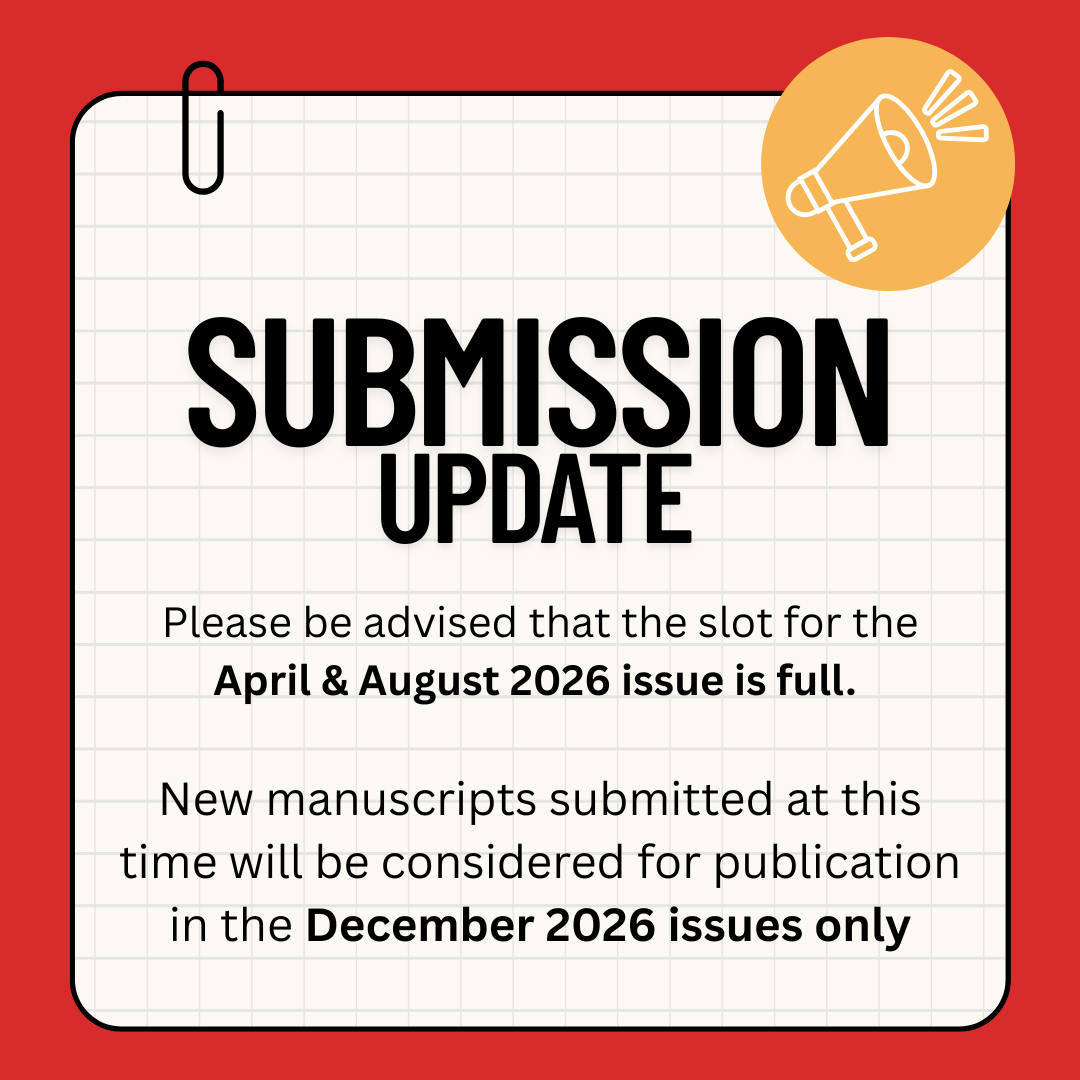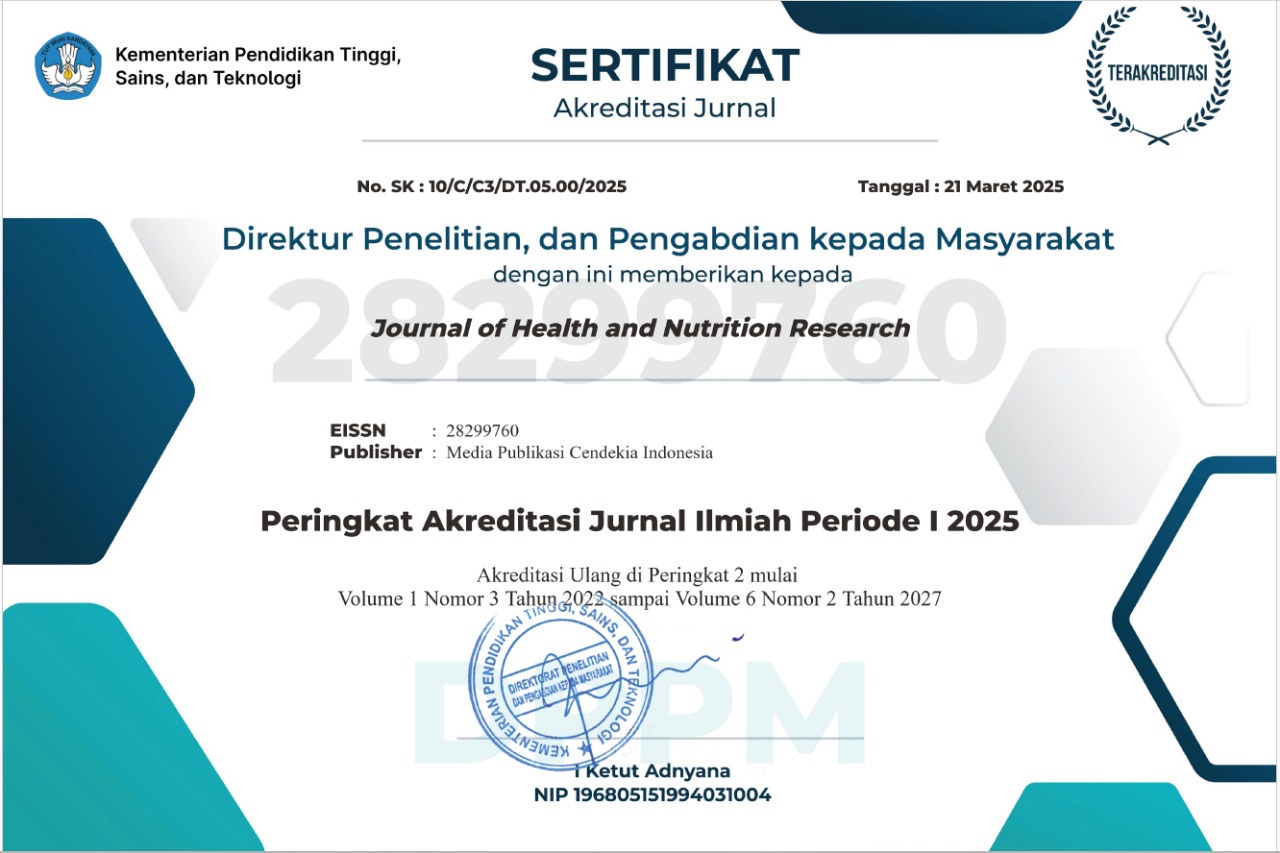Submissions
Submission Preparation Checklist
As part of the submission process, authors are required to check off their submission's compliance with all of the following items, and submissions may be returned to authors that do not adhere to these guidelines.- The submission has not been previously published, nor is it before another journal for consideration (or an explanation has been provided in Comments to the Editor).
- Please note that the preferred format for submitting manuscripts online is Microsoft Word (.doc or .docx).
- Where available, URLs for the references have been provided.
- The manuscript is prepared according to the journal template.
- The text adheres to the stylistic and bibliographic requirements outlined in the Author Guidelines.
- Authors are kindly required to suggest at least two potential reviewers (name, affiliation, and e-mail) for their manuscript in the "Comments to the Editor" field (Step 1. Submission Process).
Copyright Notice
Article Copyright
When an article is published in this journal, the author(s) of the article retain the copyright. Author(s) may republish the article as part of a book or other materials. A copyright statement is displayed on the full-text PDF of each article.
Article License
All published articles are licensed under the Creative Commons Attribution-NonCommercial-ShareAlike 4.0 International License.
You are free to:
- Share — copy and redistribute the material in any medium or format
- Adapt — remix, transform, and build upon the material
- The licensor cannot revoke these freedoms as long as you follow the license terms.
Under the following terms:
- Attribution — You must give appropriate credit, provide a link to the license, and indicate if changes were made. You may do so in any reasonable manner, but not in any way that suggests the licensor endorses you or your use.
- NonCommercial — You may not use the material for commercial purposes.
- ShareAlike — If you remix, transform, or build upon the material, you must distribute your contributions under the same license as the original.
- No additional restrictions — You may not apply legal terms or technological measures that legally restrict others from doing anything the license permits.
Notices:
- You do not have to comply with the license for elements of the material in the public domain or where your use is permitted by an applicable exception or limitation.
- No warranties are given. The license may not give you all of the permissions necessary for your intended use. For example, other rights such as publicity, privacy, or moral rights may limit how you use the material.
Privacy Statement
The names and email addresses entered in this journal site will be used exclusively for the stated purposes of this journal and will not be made available for any other purpose or to any other party.


















